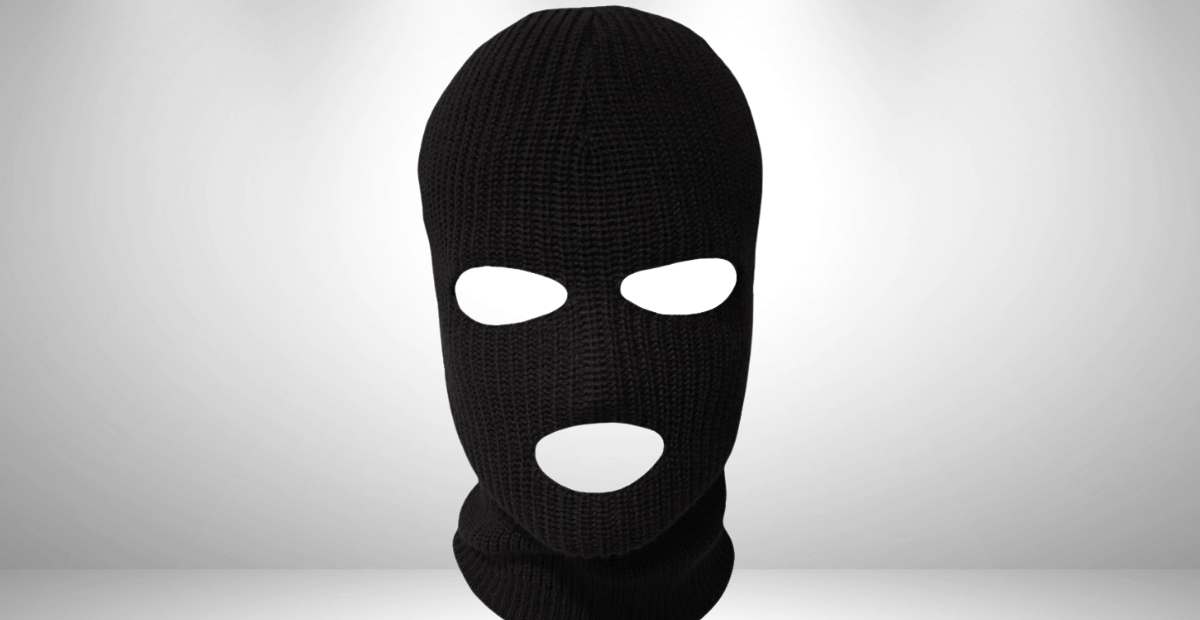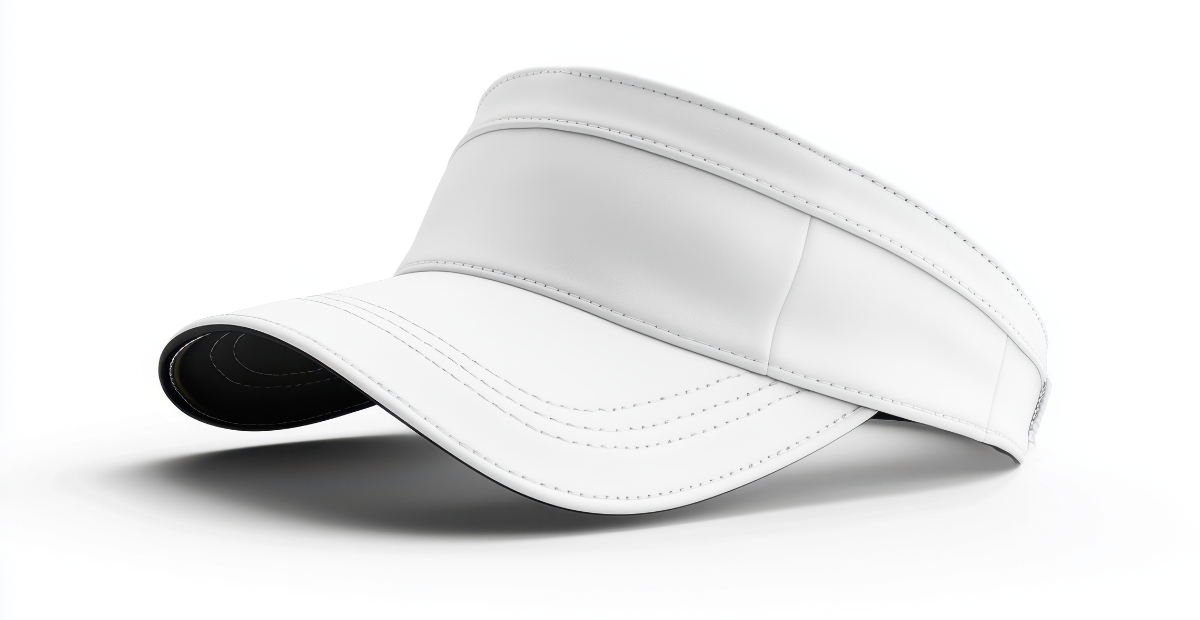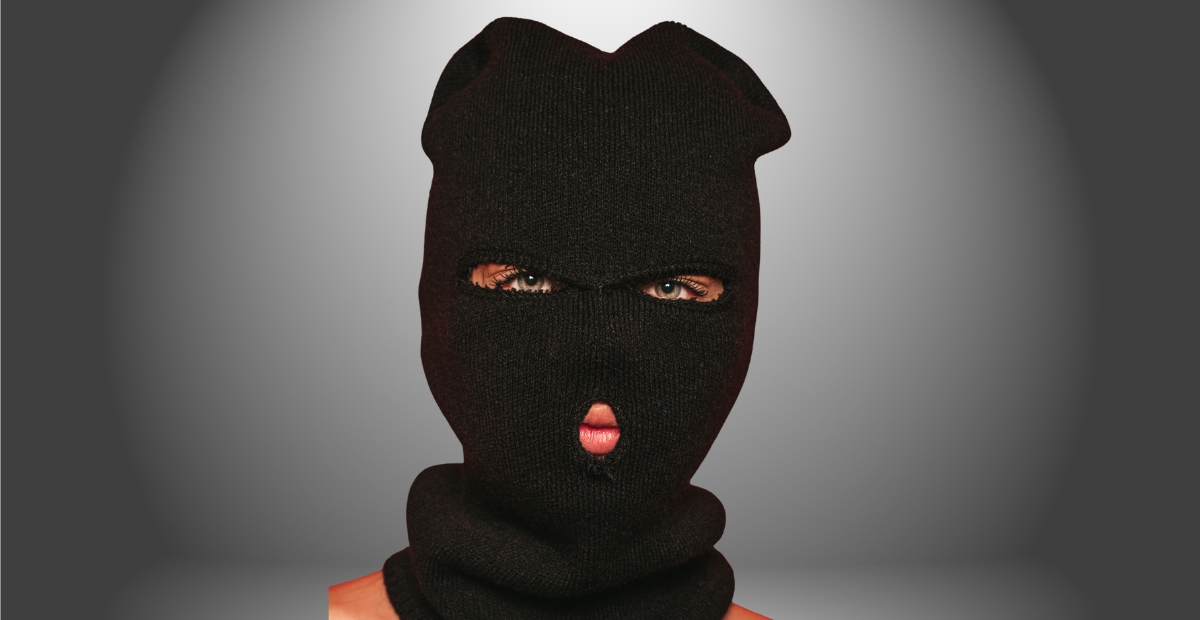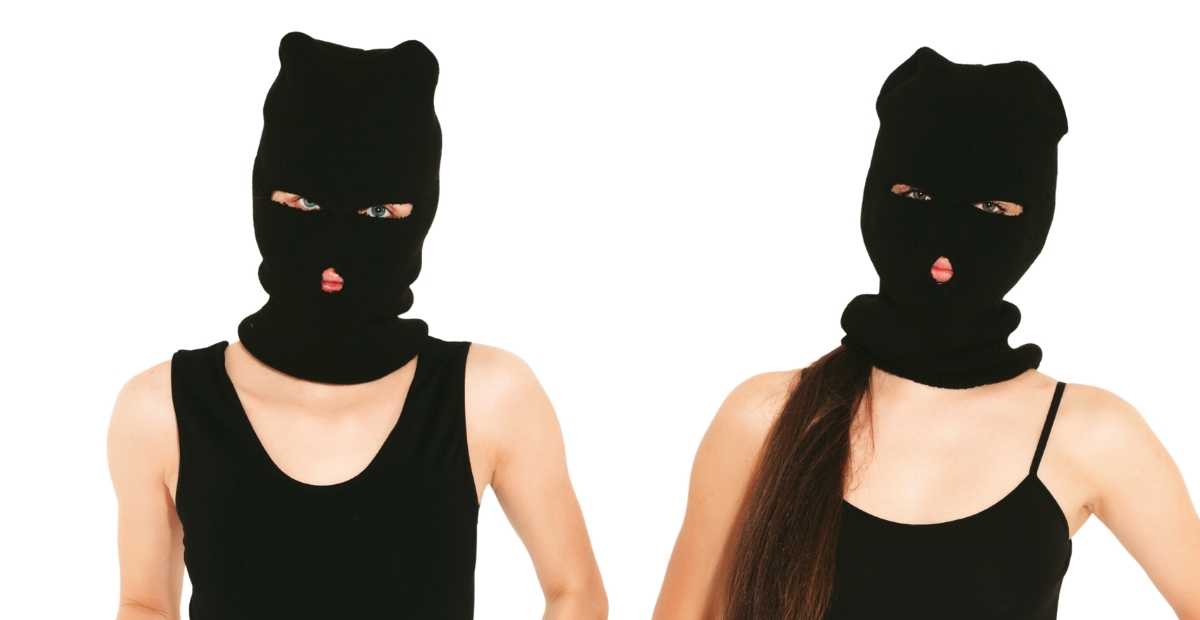The curiosity surrounding the term “balaclava” is understandable. A lot of people think it is Russian. This is because of the isolated cold climate associations. However, the real story is linked to the word’s history, involving battles, military attire, and contemporary fashion. The story of this word shows the relationship between history and language.
Table of contents
What is a Balaclava?
A Balaclava is a type of headwear that protects the head, neck, and occasionally the face. Balaclavas, which are now popular in sports, fashion, and the army, were traditionally made of wool. Functionality and style make them a global fashion accessory.
The Russian Connection
The word cute balaclava is, of course, linked to Russia, but the Russian word is not originally Russia. Balaclava is the name of a town in Crimea. During the Crimean War in 1854, Balaclava town came to prominence. British soldiers in the wintery, harsh Crimea were issued knitted head coverings for warmth, which were aptly named after the town, and became known in English as “balaclava”.
The Crimean War and the Rise of the Balaclava
During the Crimean War, the soldiers had to endure fierce winters that seriously compromised their health and survival. Local women knitted winter head masks referred to as ‘Balaclava’ in order to protect the soldiers from frostbite. These masks were convenient and offered protection, allowing the users to see and breathe. Eventually, the head garments served as tokens of the soldiers the town of Balaklava had come to symbolize.
How the Word Entered English
Usage of the term ‘Balaclava’ in English started in the mid 19th century. The soldiers, as well as the writers and journalists, referred to the knitted head gear used in the wars as balaclavas. The war journalists published articles with the head gear mentioned and popularized the term across the United Kingdom. The word outlived its military roots and became widely used in the general English lexicon.
Global Contemporary Use
Balaclavas today have different cultural meanings and practical uses. They are protective gear in winter sports like skiing and snowboarding. They protect athletes from severe cold and wind. Military and tactical teams have continued use of balaclavas for camouflaging and protective gear. Lately, balaclavas have been incorporated in winter street fashion, proving that this practical item has evolved into a fashionable piece.
Balaclava vs. Ski Mask
Balaclavas are frequently mistaken for ski masks. Although both are a form of facial coverage, ski masks provide limited coverage. They only cover the face while balaclavas provide full, head, neck, and in some cases, shoulder coverage. The difference is slight yet significant in military, sports, and fashion settings. The right term is necessary for preserving the term’s history.
Cultural and Historical Significance
A wrap balaclava is linked to many positive traits like bravery and enduring hardships while also being linked to the Crimean War. It gained popularity in fashion as the embodiment of “edginess”. Balaclavas in practical use are often reiterated by high-end streetwear brands and designers. The practical use in the past illustrates how an item can evolve culturally while retaining its historical use.
Fun Facts About the Word Balaclava
The name Mr: balaclava and its use in modern times is more than a century old. Many people are surprised to find out the name is not Russian. The name is a result of the town “Balaklava” and intertwines history and geography. It also speaks of the resourcefulness of the soldiers and the people in that area during the war. Artifacts, like the “balaclava”, show the modern intertwining of heritage and modernity.
Conclusion:
Although “balaclava” is not a Russian word, it does have a distant historical connection to Crimea. The term originates from the town of Balaklava, where British soldiers were the first to wear the knitted headgear during the Crimean War. From a practical solution to a winter survival challenge, the balaclava has traveled across countries, languages, and cultures. It still serves its purpose during winter and is highly appreciated for its style. The history of this winter accessory and the versatility it offers serves as a testimony to the amazing stories that words can tell.
FAQs
The word comes from the town of Balaklava in Crimea. It is not originally Russian.
British soldiers wore them during the Crimean War to protect against freezing winters, making them widely known.
Balaclavas cover the head, neck, and sometimes shoulders, while ski masks usually cover only the face.





